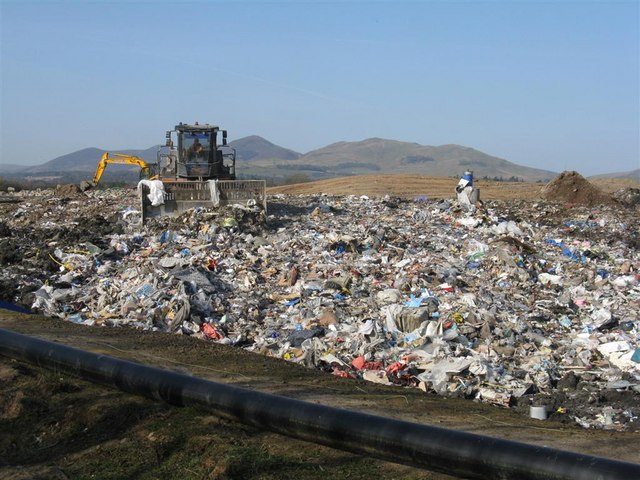Our Handy Moving Home Guide
Moving between homes is right at the top of the list when it comes to stressful situations, and it is …

In the UK, landfill waste goes to landfill sites, which are specially engineered areas where waste is disposed of by burial. Here’s a breakdown of how the landfill process works and the current status of landfills in the UK:
In conclusion, while landfill has historically been a primary method of waste disposal in the UK, efforts are ongoing to reduce the volume of waste that ends up in landfills, both through waste reduction measures and alternative disposal or treatment methods.
Moving between homes is right at the top of the list when it comes to stressful situations, and it is …
The Essential Role of a Low-Grade Asbestos Remover & Collector Introduction When it comes to ensuring the safety of …
What are Hazardous Waste items in the UK? In the UK, hazardous waste is waste that poses a potential risk …